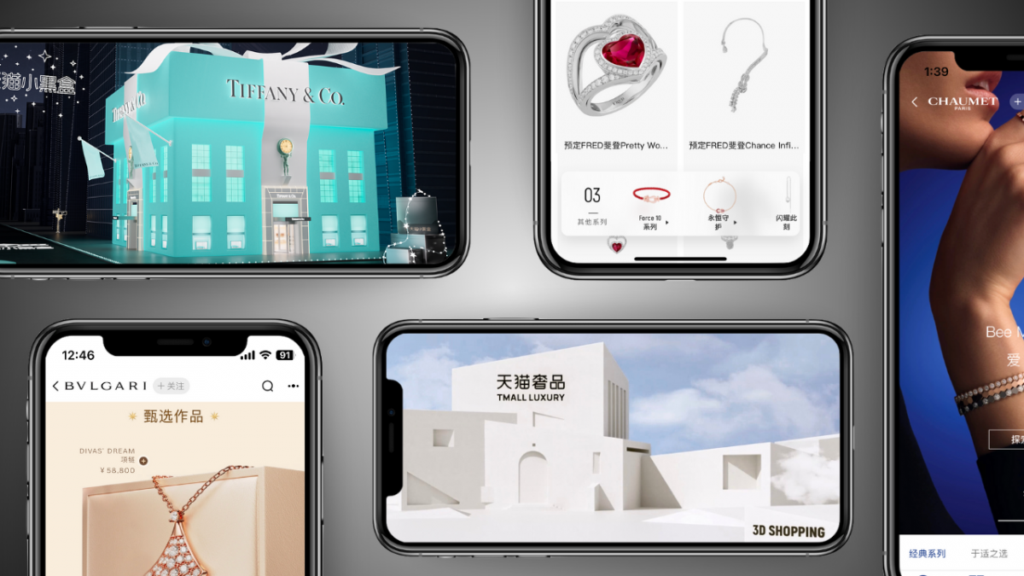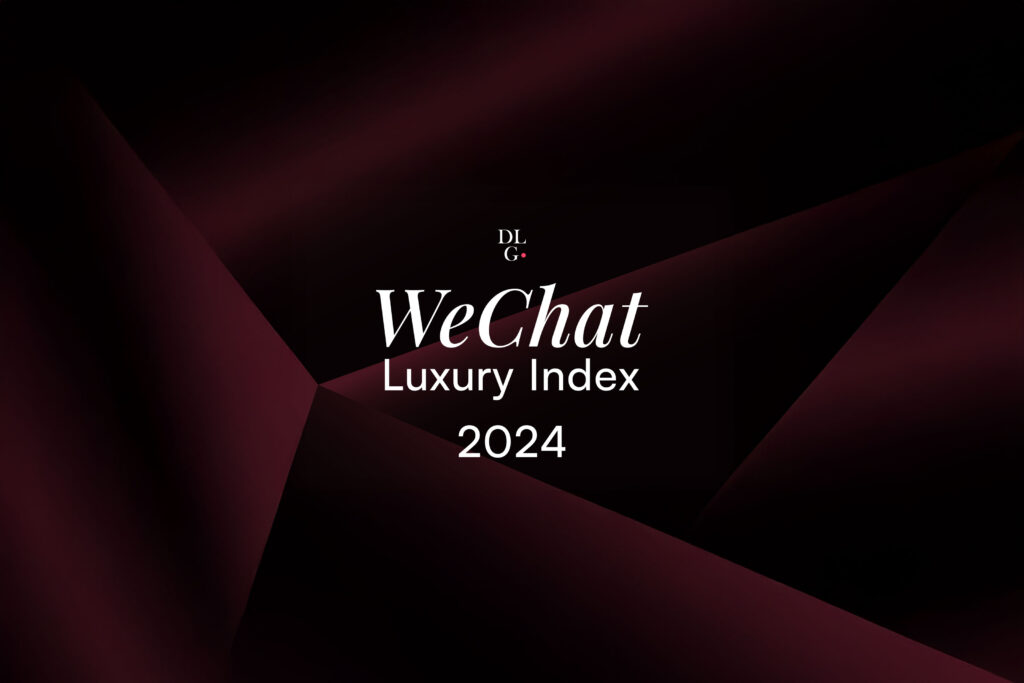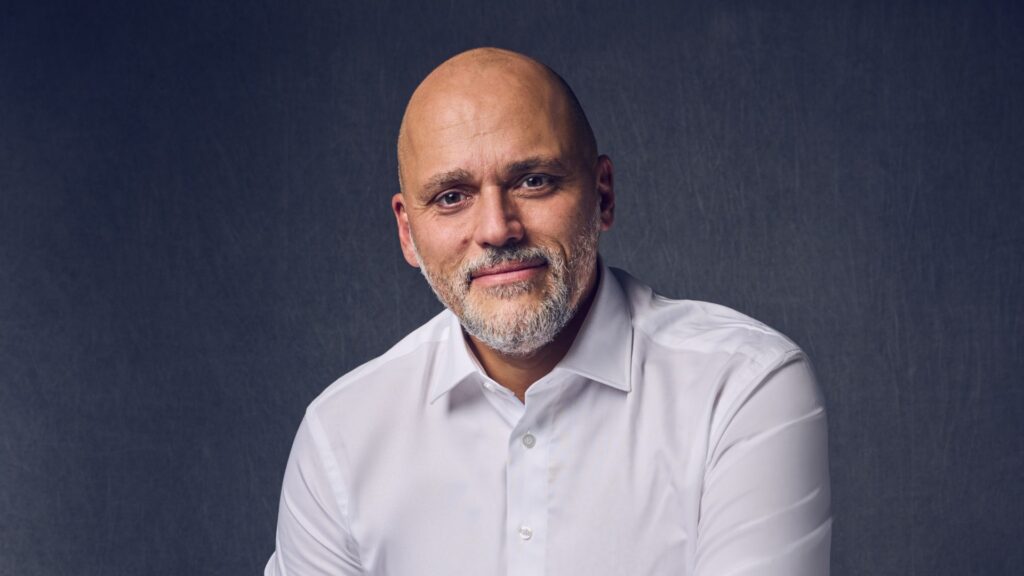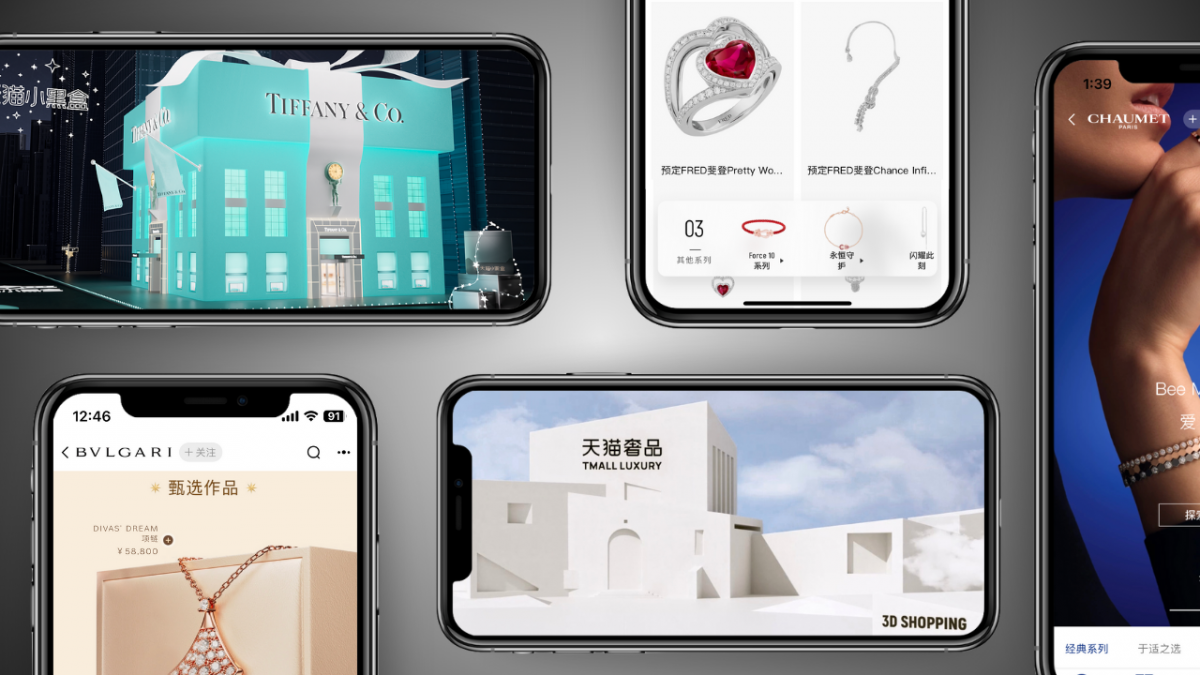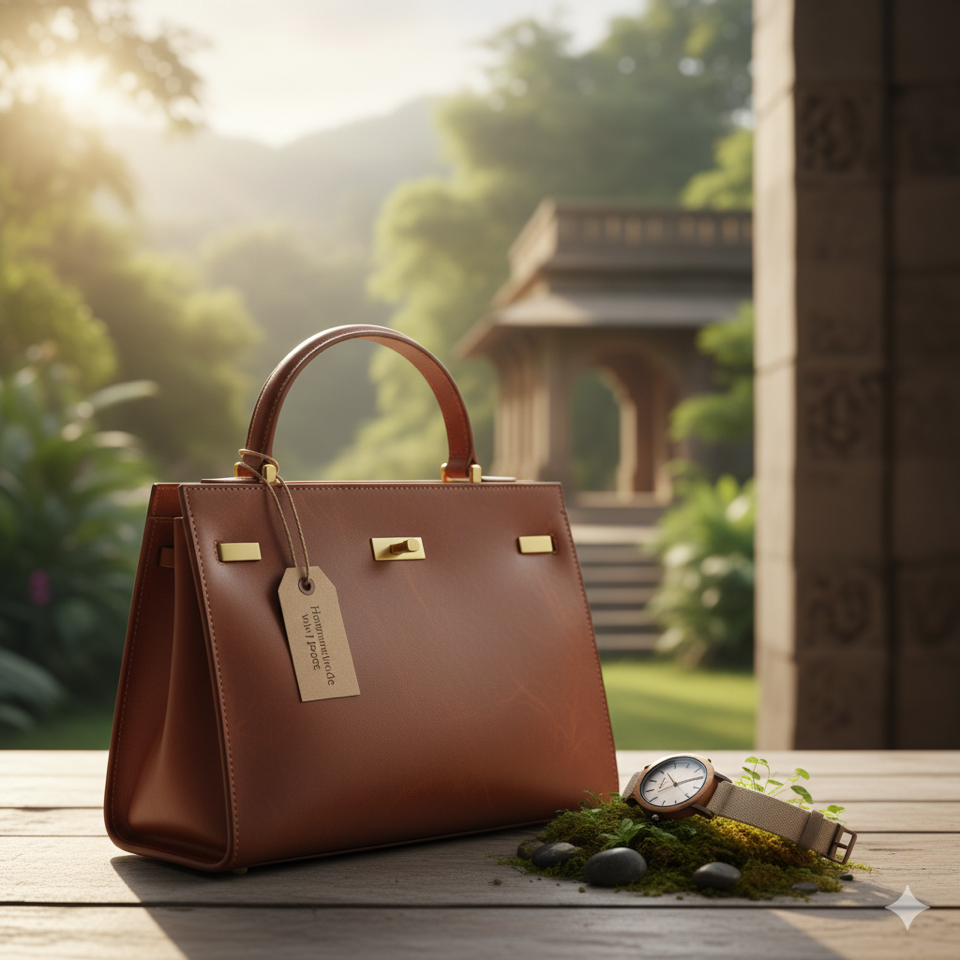As market volatility, strategic acquisitions, and commodity price fluctuations converge, the luxury industry finds itself at a pivotal juncture where traditional metrics of success are being redefined, and industry leaders are adapting their strategies to navigate an increasingly complex global environment.
The luxury landscape witnessed a seismic shift last week as Hermès surpassed LVMH to claim the title of the world’s most valuable luxury company by market cap. This changing of the guard follows strong sales growth for Hermès and disappointing quarterly results for the traditionally dominant LVMH group. As of the latest figures, Hermès’ market capitalisation stands at an impressive €247 billion ($276.8 billion), narrowly edging out LVMH’s €246 billion ($274 billion).
This development represents more than just a numerical milestone; it signals deeper currents of change within the luxury sector as companies navigate a challenging global environment marked by shifting consumer preferences, economic uncertainties, and evolving market dynamics.
Market Leadership Changes Hands
The ascension of Hermès to the top position reflects the brand’s extraordinary resilience and unique business model in the luxury ecosystem. David Sadigh, Founder & CEO of DLG (Digital Luxury Group), notes: “It is considered by many, not just only in the luxury industry, as one of the ultimate, enduring stocks. They have tight control over supply, no discounting, unmatched pricing power.”
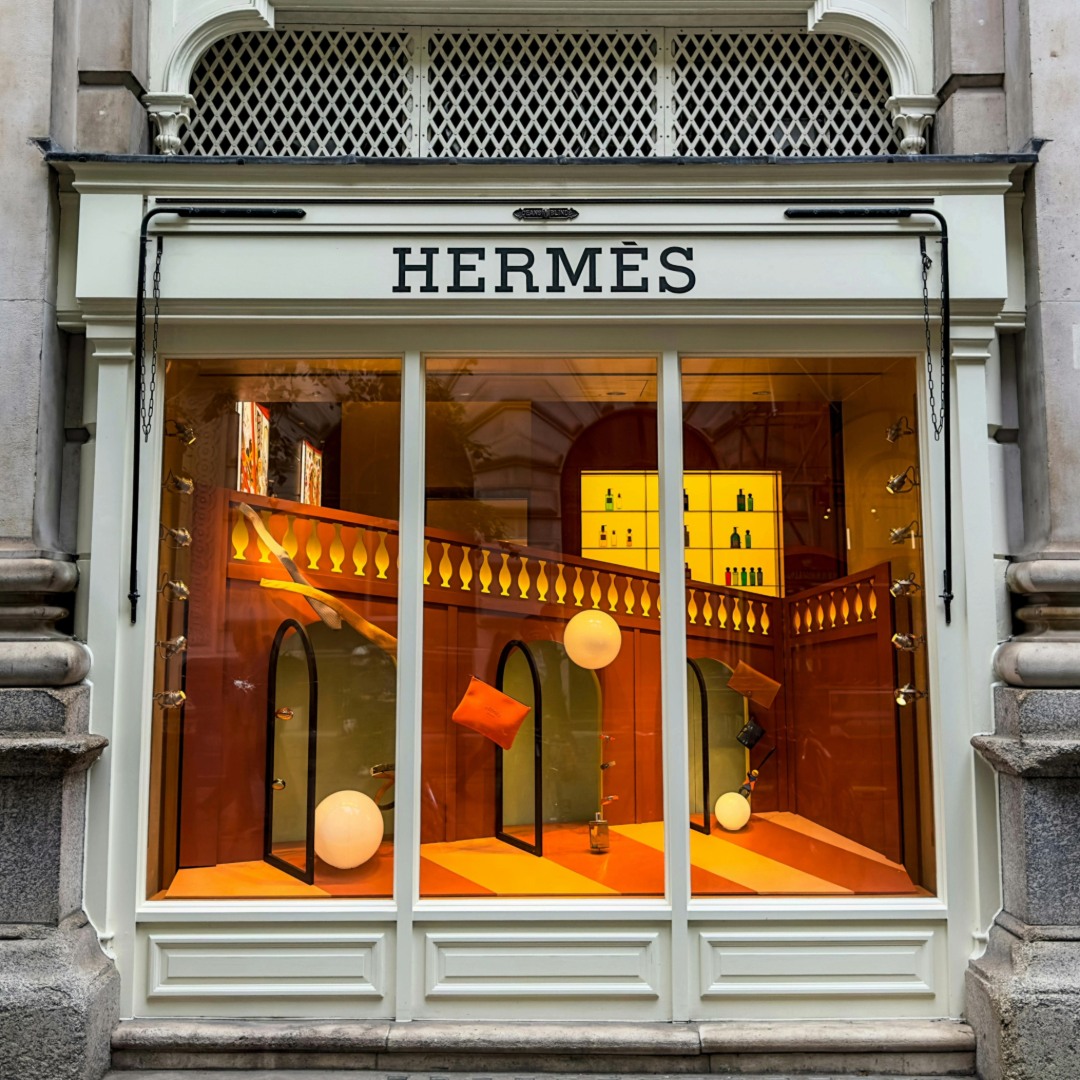
What makes Hermès particularly remarkable is its valuation metrics. “The most surprising fact about Hermès is that [it is often valued] like a tech company,” Sadigh points out. This observation is supported by the numbers – Hermès currently trades at a Price-to-Earnings (P/E) ratio of approximately 53.75, significantly outpacing luxury peers like LVMH (P/E ratio around 19.92) and Moncler (P/E ratio approximately 23.10).
The comparison to technology companies is apt, as Sadigh elaborates: “This is not cyclical fashion. It’s a structural asset. Just like Apple has iPhone loyalty, Hermès has some Birkin scarcity, and both translate into pricing power, margin resilience, and obviously investor confidence.”
LVMH’s slip from the top position comes after a challenging first quarter, with the conglomerate undershooting its targets by 5% in Q1 and reporting sales down 3% against the forecasted 2% growth. The group faced difficulties in Asia, with an 11% decline in the Wines and Spirits division and a 5% fall in sales for fashion and leather goods – a segment that accounts for over 75% of LVMH’s profit.
These contrasting fortunes reflect structural differences in how these luxury powerhouses have positioned themselves in the market, with Hermès’ strategy of scarcity and exclusivity proving especially effective in uncertain economic times.
Strategic Realignment of Businesses
The current market environment is driving significant strategic realignments across the luxury sector. This sentiment is exemplified by recent major transactions in the industry. In a move that has captured industry attention, Prada S.p.A. has entered into a definitive agreement to acquire 100% of Versace from Capri Holdings for $1.375 billion (about €1.25 billion), subject to customary adjustments for working capital and net debt at closing.
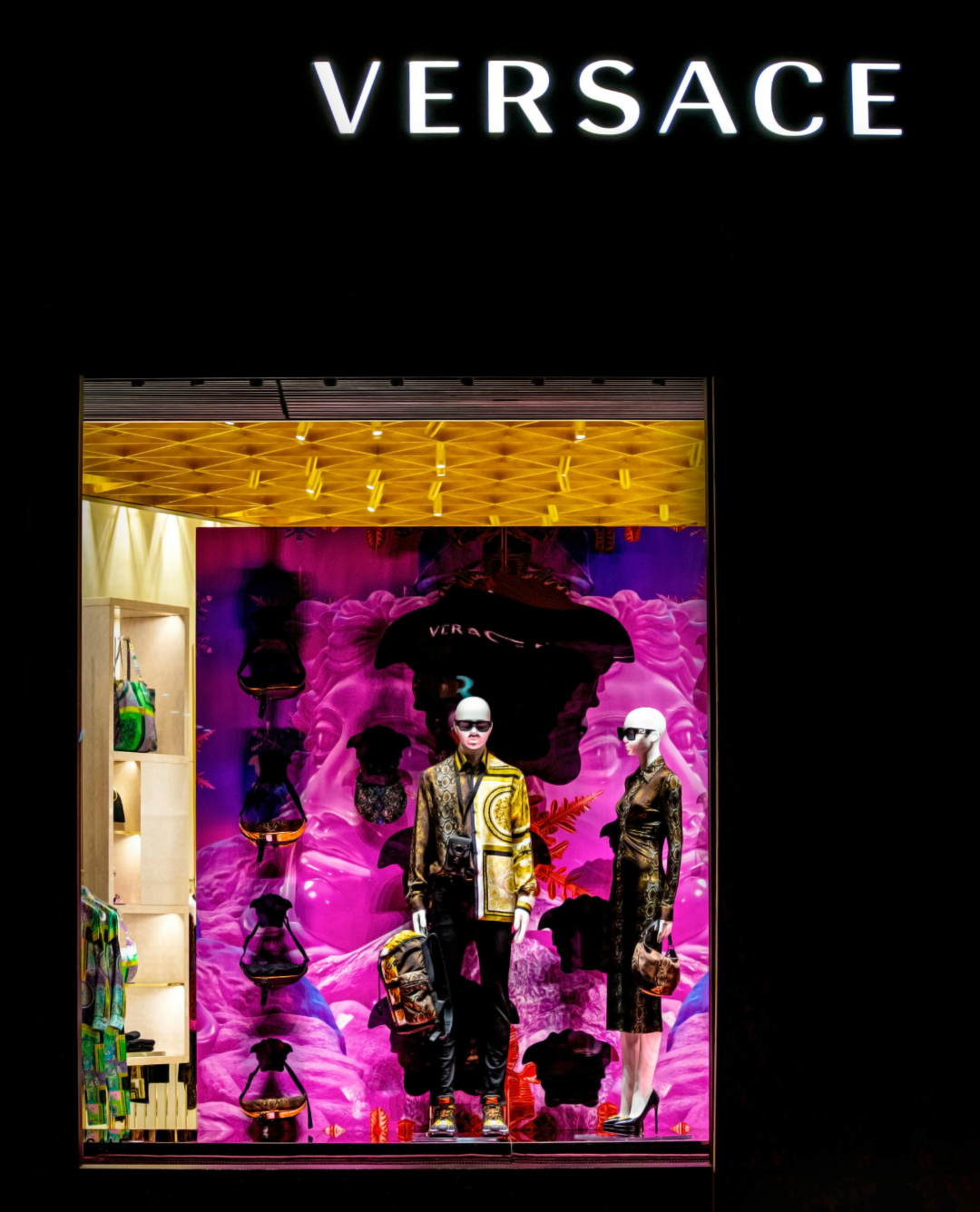
What makes this deal particularly noteworthy is the significant markdown from Versace’s previous valuation. Capri Holdings (formerly Michael Kors Holdings) originally purchased Versace in 2018 for approximately $2.15 billion, meaning the sale to Prada represents a substantial 36% reduction in valuation. This comes against the backdrop of Versace’s troubling financial performance, with the brand posting a $21 million operating loss and 15% revenue decline in 2024 – a reflection of the challenging conditions permeating the luxury market.
While many industry voices have heralded the acquisition as a triumphant return of Versace to Italian ownership, not all experts share this optimism. Luxury marketing expert and author Susanna Nicoletti offers a more cautious perspective on LinkedIn: “Many ‘experts’ here are rolling out a red carpet without a minimum analysis of the pros and cons, it seems like the Roma-Lazio derby, where one takes part as if the creation of an Italian fashion hub were at least a little realistic, reasoning with the old mental dynamics without having understood that aggregations at this moment are dangerous.”
She also references scholar and philosopher Nassim Nicholas Taleb’s warning from his book “Antifragile”: “In spite of what is studied in business schools concerning ‘economies of scale,’ size hurts you at times of stress; it is not a good idea to be large during difficult times.”
The acquisition, expected to close in the second half of 2025 pending regulatory approvals, comes during a particularly turbulent period for luxury M&A, with market volatility and new U.S. tariffs casting shadows over the sector.
This transaction highlights how luxury groups are reassessing their portfolios and strategic positions, with some opting to consolidate around core strengths while others seize opportunities to acquire iconic brands at more favourable valuations – though not without substantial risks.
Tariffs and the Rise of Gold Prices
Another significant factor reshaping the luxury landscape is the complex interplay between international trade policies and precious metals markets. The hard luxury sector, specifically watches and jewellery, is feeling the impact of dramatic movements in gold prices.
Despite a recent pullback, gold has surged approximately 28-29% this year, driven by global uncertainty, inflation concerns, and central bank purchasing. After reaching record highs of US $3,500 per ounce, gold prices experienced a sharp correction to US $3,318.71 on 23 April 2025. Nevertheless, major financial institutions including JP Morgan and Goldman Sachs remain bullish, projecting gold to average US $3,675-$3,700 in late 2025, with potential spikes to US $4,000-$4,500 per ounce by 2026 if recession fears and central bank demand persist.
For luxury brands, especially those in the watchmaking and jewellery segments, these price movements translate directly to higher production costs. Brands like Rolex have already responded by implementing price increases for gold models between 7% to 19% to offset rising input costs.

Coupled with the impact of the impending tariffs imposed by the US, ripple effects will extend to the certified pre-owned (CPO) market as well. As Sadigh observes, “Prices for CPO are most likely going to increase, especially in the US market. Obviously, this will depend on what happens at the end of the 90 days period, but we can [probably expect] to see big differences in term of average price.”
This shifting dynamic creates both challenges and strategic considerations for luxury brands. “The big questions are around price elasticity, inventory intelligence and how to optimise the allocation, the grey market crackdown that is coming back into the picture and especially how to maximise sellout,” notes Sadigh.
The tariff situation presents a particularly nuanced challenge for the luxury watch market. Industry analysts project that the long-term effects could extend well beyond initial price adjustments. As new imports become more expensive, the already limited supply of certain high-demand timepieces is likely to tighten further, creating tariff-driven scarcity that will eventually cascade into the pre-owned marketplace. This could transform what might initially seem like a temporary price adjustment into a sustained structural change in market dynamics, with pre-owned prices potentially seeing continuous upward pressure as fewer new watches enter the ecosystem.
The higher cost of new gold watches is already steering some consumers toward the CPO segment, where they can acquire high-quality gold timepieces at relatively better value, making these pre-owned watches increasingly attractive as both luxury purchases and investments. Simultaneously, current owners of gold watches may feel incentivised to sell, capitalising on higher market values, while potential buyers increasingly consider pre-owned options to avoid steeper retail prices for new products.
A New Era for Luxury
The brands and conglomerates that will thrive in this new environment will likely be those that can balance exclusivity with accessibility, tradition with innovation, and global reach with localised strategies. The ability to maintain pricing power while adapting to rapidly changing consumer preferences and external economic pressures will separate the industry leaders from the followers.
“Consumer sentiment towards value has never been higher than it is now. And if [brands] trying to protect margins are investing too heavily in things that don’t offer any real tangible value, then I think they are more likely to struggle in this climate,” adds Robin Swithinbank, renowned journalist and co-host of The Luxury Society Podcast.
Beyond the established luxury markets, significant changes are also underway in emerging economies, particularly India. The United States has been applying diplomatic pressure on India to liberalise its e-commerce regulations, potentially opening one of the world’s fastest-growing luxury markets to greater international participation.

Some luxury brands are already positioning themselves to capitalise on these developments. Bulgari recently became one of the first major luxury jewellery houses to open an official online store on Tata CLiQ Luxury, India’s premium e-commerce platform. “This important partnership allows us to bring our iconic designs across India, meeting customers with whom we share a deep love for beauty, excellence, and exquisite craftsmanship,” notes Jean-Christophe Babin, CEO of Bulgari. “Together, we want to offer our customers an online shopping experience through the same attention and warm welcome that can be found in our boutiques,” he adds.
As luxury continues its evolution, market participants – from heritage maisons to emerging brands, from investors to consumers – will need to recalibrate their expectations and strategies for a landscape that increasingly rewards agility, authenticity, and long-term vision over short-term growth imperatives.
To dive deeper into these topics and hear more expert insights on the luxury industry’s latest developments, tune in to The Luxury Society Podcast, where co-hosts David Sadigh, Founder & CEO of DLG (Digital Luxury Group), and renowned journalist Robin Swithinbank regularly unpack the most significant movements in the fast-paced world of luxury. Now available on Apple, Spotify, and all major podcast platforms.


